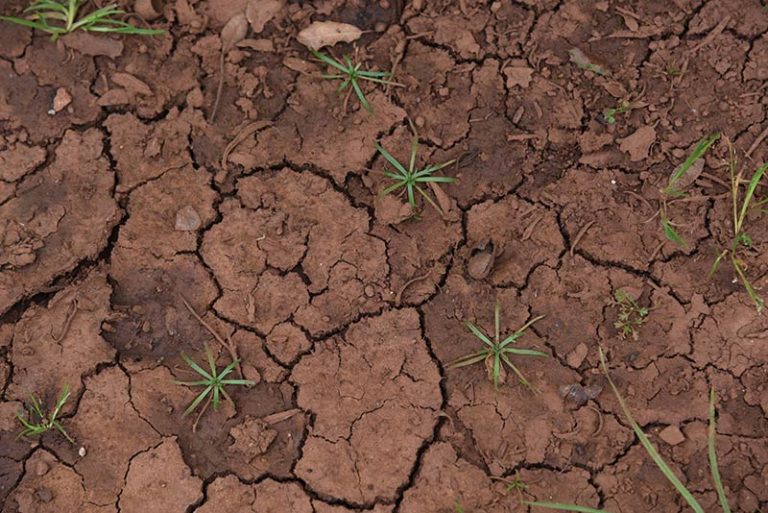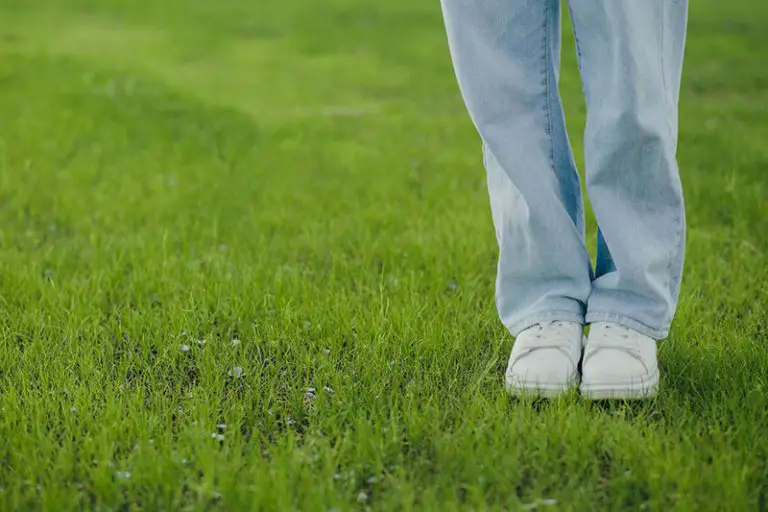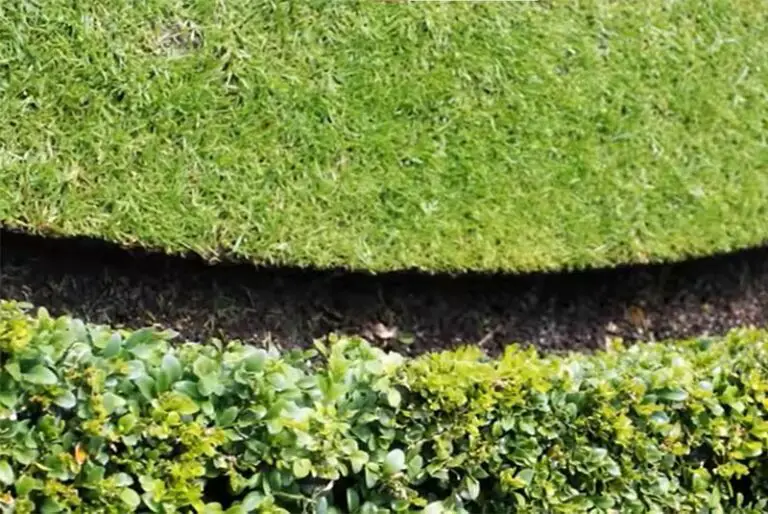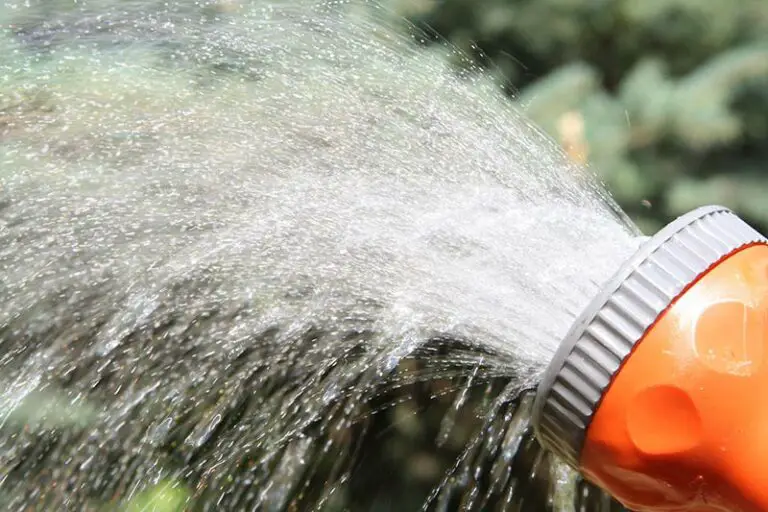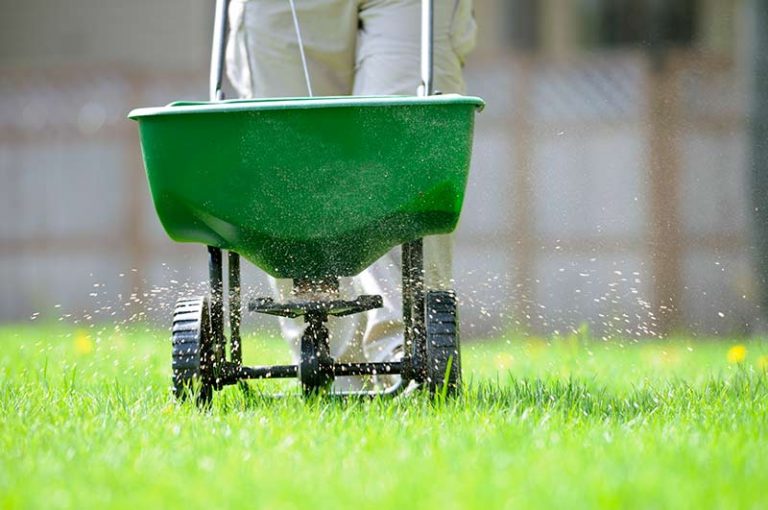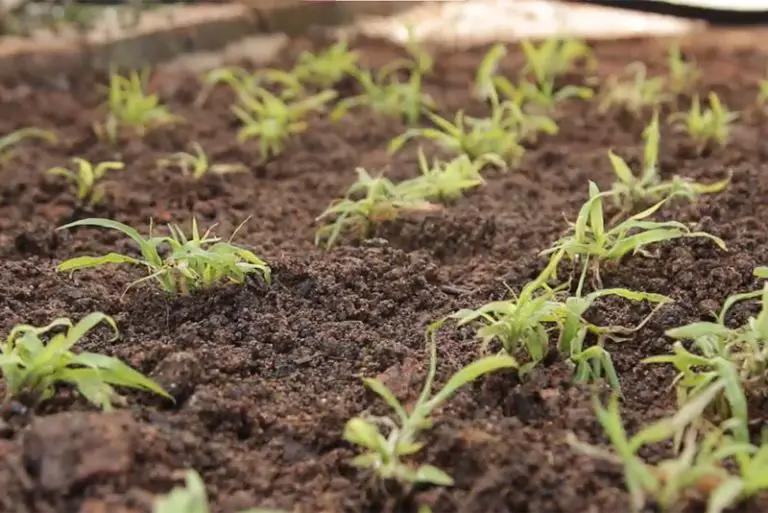Top-Dressing Your Lawn for a Greener, Healthier Look
Top dressing is one of the best lawn care practices you can carry out to improve the condition of your turf. A layer of top dressing can provide your lawn with the benefits of many other practices – you could think of it like aerating, dethatching, fertilizing, and leveling your lawn all in one go.
The top dressing process involves testing and preparing your soil, before adding a layer of top dressing material such as compost, sand, or a combination of both. After adding your top dressing, your lawn is in the perfect condition for seeding.
What is Top Dressing?
Top dressing a lawn involves spreading a material such as sand, loam, or compost in a thin layer (no more than ¼ of an inch) across the turf. The goal of this process is to amend the soil with organic matter, improving its growing condition for existing and/or new grass. You can either top dress the entire lawn, or focus the dressing over certain sections.
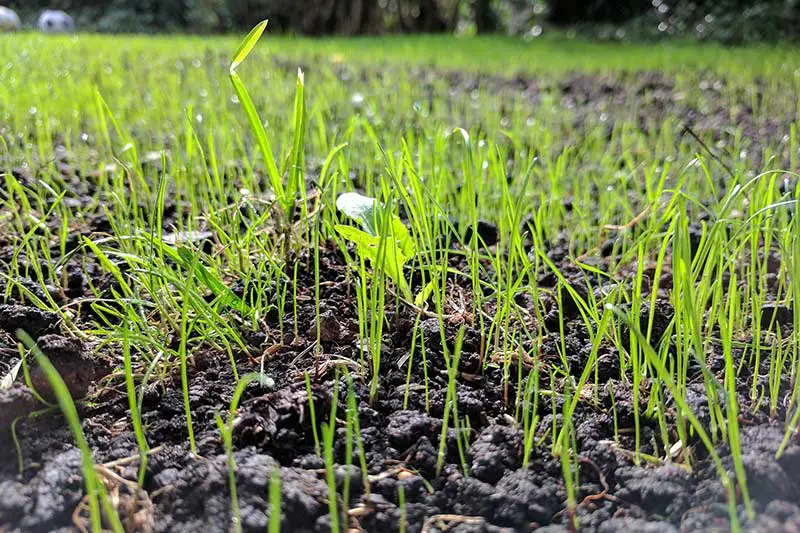
What Are the Benefits of Top Dressing a Lawn?
There are several benefits that come from top dressing a lawn. In summary, these include:
- Improving aeration of soil
- Improving nutrient distribution in soil
- Breaking down thatch layer in lawn
- Leveling the lawn
Improves Soil Aeration
Top dressing your lawn with a layer of compost is an effective way to improve the aeration in compacted soil. As the organic matter in the compost breaks down, it will aerate the soil over time.
This benefit is due to the live organisms that the compost contains. As a side effect of the decomposition process of the compost, the live organisms open up tiny spaces in the soil; this creates lots of new pathways for air, water, and nutrients to better circulate the turf layer. It also creates more space for the grass plants to grow deeper, more extensive root systems.
Improves Nutrient Distribution
Another benefit of top dressing with compost is that it will provide your lawn with a steady source of nutrients as it breaks down. In this sense, a top dressing of compost will act as a slow-release organic fertilizer, enriching the soil for a long time after application.
Due to this benefit, you can reduce the amount of synthetic fertilizer you add to your lawn. Although these fertilizers work quickly, they can be extremely damaging to the nearby environment; any chemicals lost to runoff end up polluting local waterways. On top of this, chemical fertilizers are more likely to result in fertilizer burn on the grass. Using a top dressing of compost is the best way to avoid these harmful consequences that come with chemical amendments.
Breaks Down Thatch Layer
A top dressing of compost can also help to break down the thatch layer in your lawn. This is the layer of decaying plant matter that sits between the soil surface and the upward growth of your grass.
The thatch layer accumulates naturally as organic matter such as grass clippings and dead leaves build up on the lawn. An excess layer of thatch will prevent nutrients and water from reaching your grass roots, causing your lawn to suffer. After adding a top dressing of compost, the microbes in the matter help to break down the thatch layer as the compost decomposes.
Levels Lawn
You can use top dressing as a way to level your lawn by filling in holes and divots with the organic matter. This is particularly beneficial on lawns with widespread unevenness on the soil surface.
Not only is an uneven lawn visually unappealing, it prevents water from effectively draining from your yard. This can lead to bigger issues such as fungal lawn diseases, pest infestations, and structural damage to nearby buildings.
When is the Best Time to Top Dress a Lawn?
The best time to top dress your lawn is during your grass’ period of most active growth, ideally as early into the growing period as possible. The exact time of year will depend on the type of grass you’re growing and where you live.
For instance, if you live in a northern region and you have cool-season grass, the best time to top dress your lawn is in the late summer to early fall. On the other hand, if you live in a southern region and have warm-season grass, you should instead top dress your lawn in the late spring to early summer.
No matter where you live, you should never top dress your lawn during your grass’ period of dormancy. Adding a layer of matter at this stage may damage or kill the grass off completely. Also, avoid top dressing the lawn before it’s forecast to be rainy; wet weather can make it difficult to dress the lawn with an even layer of matter.
How to Top Dress a Lawn
Follow these steps to top dress your lawn.
1. Test Soil
Before top dressing your lawn, you should take this opportunity to test the soil to find out its current nutrient and pH content. You can use the results of this test to determine whether you need to add a pH adjusting material or an amendment to fix any nutrient deficiencies.
2. Remove Weeds and Thatch
It’s also important to remove weeds and dethatch the lawn before adding your top dressing. A few days before you plan to top dress, spot treat any weeds with a selective herbicide that won’t harm your grass. If your thatch layer is over ½ inch thick, dethatch the lawn using a rake or scarifier.
3. Purchase High-Quality Top Dressing Materials
When choosing your top dressing material, you should opt for the highest quality product available. Skimping on this step by using a cheaper, lower-quality material will likely render your top dressing efforts useless.
If you’re top dressing to add nutrients to your lawn, purchase a high-quality compost from a reputable brand. If you’re top dressing to improve drainage, opt for a coarse sand; screened sand with fine particles can actually worsen issues with drainage rather than improve them. You can also use a mixture of both sand and compost to provide your lawn with the benefits of both materials.
4. Add Small Piles of Top Dressing to Lawn
Once you’ve prepared your lawn and purchased your top dressing material, you can begin the top dressing process. Fill a wheelbarrow with your chosen materials, and start by dumping small piles of the material across the lawn surface. This will make it as easy as possible to rake the material into an even, level layer.
5. Rake Top Dressing Piles into Lawn
After placing piles of the top dressing material throughout your lawn, begin raking the piles into a flat layer. Although you can use any type of rake for this step, the best tool to use is an alumnium rake. If adding compost, make sure to rake out any larger clumps. You ultimately want to end up with a thin, even layer of your top dressing material no more than ¼ inch thick; you should be able to see plenty of grass once you have finished raking in the material.
6. Water Lawn
Finish off your top dressing process by giving the whole lawn a good watering. This will help the top dressing material to settle down onto the surface of the soil.

